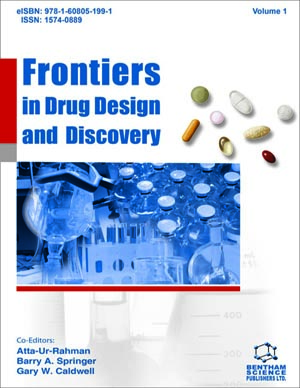Abstract
The role of protein crystallography in drug discovery has changed dramatically during the last 20 years. Based on advances in molecular biology, X-ray techniques, and computation methods, novel structures can be solved in dramatically shorter timescales than were possible previously. These advances have led to the use of structural biology in the earliest stages of drug discovery, lead identification and optimization. Advances have also decreased the time needed to solve protein-ligand structures from weeks to hours. In the past, typically only a handful of co-crystal structures for an individual project were determined during the discovery phase, and frequently, these structures were available too late to greatly impact chemistry efforts. Today, hundreds of compounds can be screened crystallographically to determine if they bind. The reduction in turnaround time for crystal structures has led to a more significant contribution of Structure-Based Drug Design during the earliest phases of drug discovery. This review will examine the ways in which the new technologies, fragment-based design, structure-based combinatorial chemistry, and the structure of macrocyclic inhibitor complexes have impacted early phase drug discovery.






















